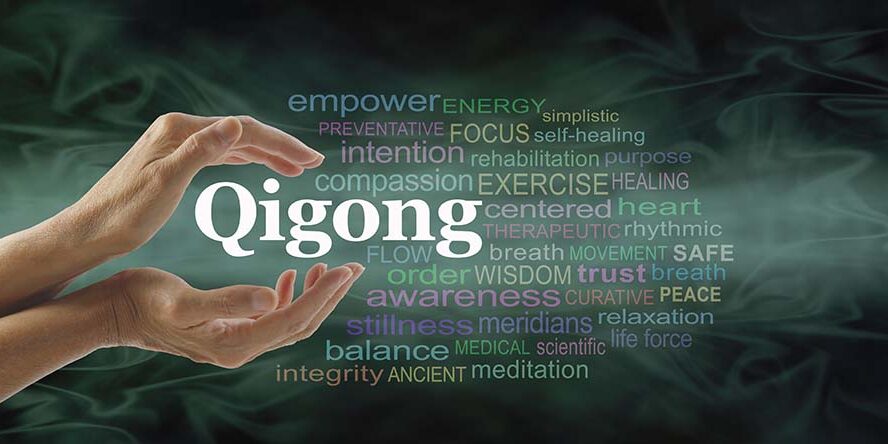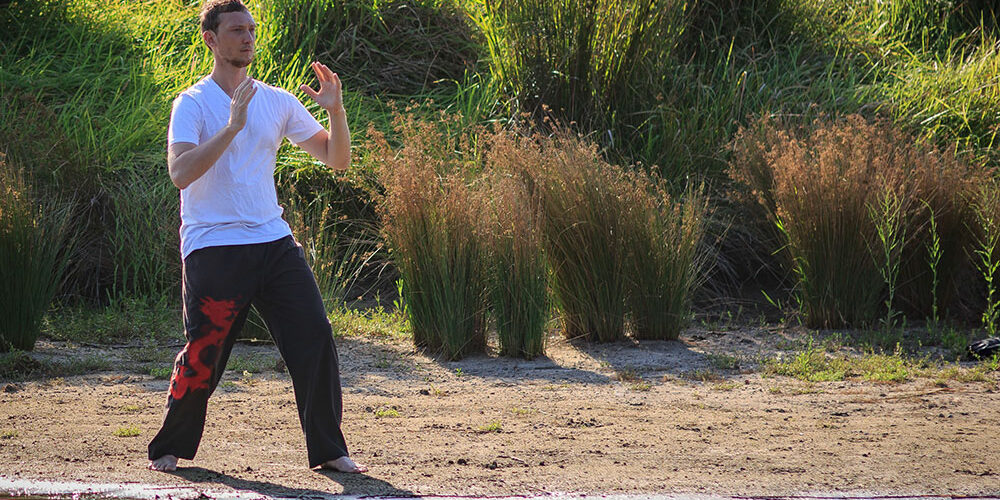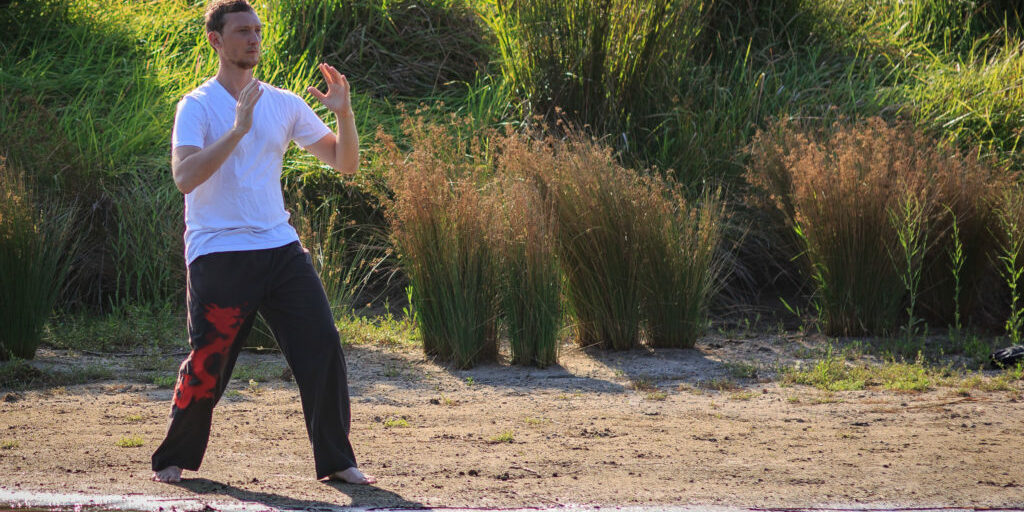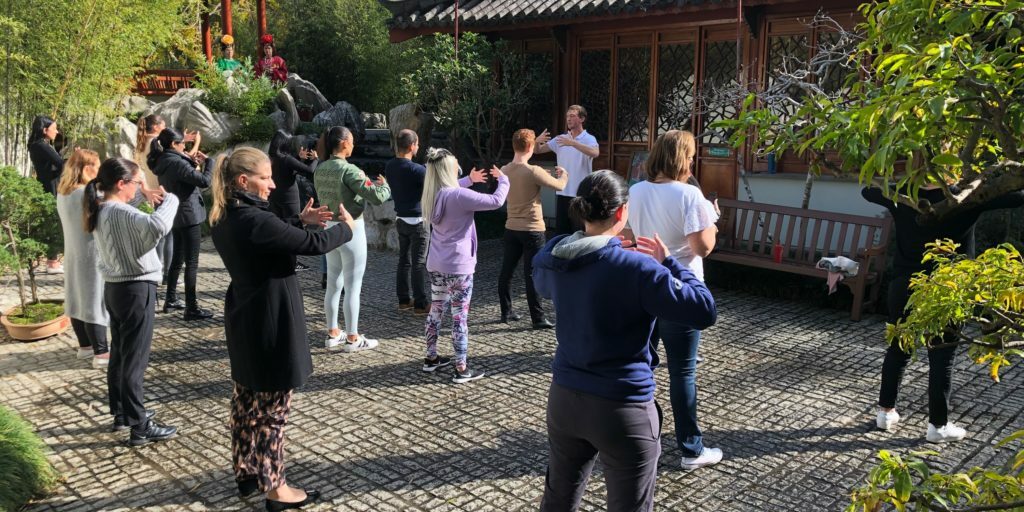The path to succeeding with Qigong is not a conventional mindset embedded in western culture.
After all, Qigong is a form of preventative Chinese medicine in balancing and mitigating disharmony with your Qi, organs, emotions, and mental health. The focus has always been on striving towards the longevity, preservation and prosperity of your health and well-being. A Western approach to health is more often characterised by a ‘problem, reaction, solution’ mentality.
Furthermore, unlike studying in many educational programs, personal development training, and natural healing modalities, you do not reach an everlasting sense of completion upon finishing a term of Qigong. Instead, as a practice, it is forever undone and requires cultivating a deeper understanding, maintenance, and continuous refinement.
Often such a reflection may consciously or unconsciously evoke an all too familiar sense of dread or ’too much effort’. As a result, it inevitably gets put aside favouring higher priority tasks and more important things to do. The cycle is continued by feeling ‘practice guilt’ in not having made time for it, which either leads to you dropping out of classes or avoiding returning altogether and seeing it as too much. Underneath the surface, there is often an underlying sense of fear of falling too far behind, getting it wrong, or holding your classmates back from progressing in the term.
If you are silently nodding, having a deep sigh or can recognise your own form of avoidance patterns that keep you from practicing, keep reading.
Firstly, we have to reframe how we approach and look at Qigong and Meditation. You are not expected to make every class, get it perfect after one term, not get distracted or practice every day without fail. Such beliefs will only lead to dissatisfaction and unkept promises to yourself.
My point here is that we need to approach our practice with a sizeable portion of self-compassion. That is, not to give ourselves a hard time about it, not to make unrealistic goals about how frequently you practice, not to rush straight into trying to practice for a full hour, and most of all, not to give up the practice if you forget a move or breathing technique.
Too often, we can put such subtle pressures and expectations on ourselves that get in our own way and are disheartening to making progress. Moreover, we have to keep in mind our initial reasons for getting into Qigong in the first place – whether that be for health, healing, transformation or all of the above. Remember that where your Yi goes (your intention), your Qi flows.
Secondly, I believe that for many people learning or studying a new art or skill such as Qigong, there can often be unconscious aversions to investing time and effort. Sometimes, it is just plain old laziness that can get in the way. It happens to the best of us, don’t worry. Just acknowledge it with kindly awareness and make a conscious choice to persevere.
Again, we need to reframe that practice is not something you have to do; it is something that you get to do!
This point is so important. The moment that it feels heavy, uninspiring or a long shot, you might as well not bother. I believe this will only start to create negative connotations or projections that you apportion onto the practice, diminishing your willingness, desire, and openness to do it. But, again, this is quite common and can happen to the best of us.
My teaching experience has led me to see that some students naturally orientate towards routine & ritual. Others who cannot fathom this prefer spontaneity and freedom in their practice without feeling rigidity or being tied down.
I, therefore, propose and encourage a responsive approach to Qigong practice.
That is, to practice when you feel the impulse, aliveness, desire and when you feel lit up by the prospect of doing it!
If you are a routine person like me, this impulse may arise at a similar time each day. But, if you are not, it offers you the space for it to emerge organically in the present moment.
I have found this to work well for both types of learning styles and can help overcome archaic or rigid notions of suddenly ‘becoming a zen-like monk’ and forcing yourself into doing it at particular times of the day or for long unsustainable durations.
You may also want to mix it up if you are a routine person as well. It can help cultivate a dynamic and fluid state of mind that is not fixed on a ‘right way’, a superior approach, or following only a prescribed method.
Ultimately, we want to make the practice work for us, not us working for it. That does not mean changing the practice itself, but by shifting our perception and mindset around it.
If this resonates for you, try adapting some of the strategies here for yourself and feel free to drop me an email to let me know how you get on. I hope you have found this article helpful; please like and share so that others may also benefit from the information shared.

![] ]](https://dragonflyqigong.com/wp-content/uploads/bb-plugin/cache/unnamed-file-panorama-e3d712d6b4a0453cd2ba85097d17c43d-.jpg)








